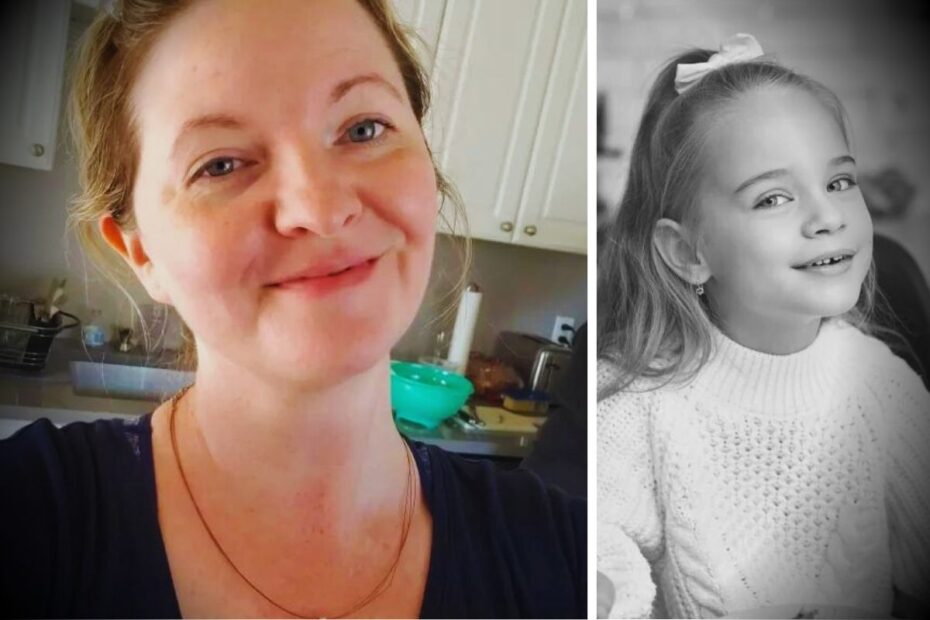In March 2005, five-year-old Tia Hernlen’s life changed in an instant, when she stumbled upon her parents’ bodies and calmly dialled 911. It was a moment so chilling that America collectively held its breath, then quietly cheered at the courage of a tiny voice at the other end of the line. Nearly two decades later—so, that’s almost 19 years now—she remains a figure of quiet strength, though you won’t find her on social media or in news headlines. Instead, “where is Tia Hernlen now?” is a question whispered by those who remember her story but respect her privacy.
Perhaps I’m biased—well, a little—because I’ve always been drawn to stories of resilience. And let’s be honest, this one has the perfect mix of heartbreak and hope. Over the next few thousand words (yes, I think it’ll exceed 2,500), we’ll wander through her early life, replay the tragic night, track the aftermath, and glimpse the adult Tia who’s chosen sovereignty over spotlight. Along the way, we’ll pepper in the key names—Tia Hernlen, Julie and Aeneas Hernlen—and address “where is Tia Hernlen now” head-on.
Early life: The Hernlen family
Before tragedy struck, the Hernlens were, in many ways, a picture-perfect Florida family. Julie Hernlen was juggling surfboards and legal textbooks at Daytona State College. She’d wake before dawn to catch the best waves, then slip into class still salty-haired. Aeneas Hernlen, her husband, was her biggest fan—he’d cheer her on from the shore, then tuck Tia into bed at night with tales of underwater adventures.
Tia’s childhood, by all accounts, was full of laughter and scraped knees. Family-centric activities abounded: weekend surf lessons, board games on rainy afternoons, and family cookouts where everybody brought their secret ingredient. Grandparents lived just a few miles away; every holiday was a multi-house tour of home-cooked meals. It all sounds idyllic, and perhaps it was—at least until a dark cloud rolled in.
I find myself imagining Tia, maybe not fully understanding adult concerns, just feeling the rhythm of ocean waves and the comfort of routine. That sense of normalcy is what makes what happened next so stark.
The 2005 tragedy: a night of horror
On the night of March 28, 2005, a man named David Johnson lurked outside the Hernlens’ Volusia County home. His motive? A misguided belief that Julie and Aeneas had reported his crimes. It was premeditated—a home invasion that would cost the couple their lives.
When 911 operators answered Tia’s call, they heard her voice steady and small: “I want to report a homicide.” In the transcript, you can almost see her little chest rising and falling as she spoke, her words betraying neither fear nor tremor. Dispatcher Linda Gregory later called Tia “the most courageous child I’ve ever encountered.” Somehow, the hotline-recorded calmness of a five-year-old became a symbol of bravery.
Aeneas was rushed to a nearby hospital and died en route. Julie was pronounced dead at the scene. Hours later, Johnson took his own life in a different county. Just like that, the Hernlen family’s surfboards rested unused, and a little girl’s world turned upside down.
“I still can’t believe how calm she was,” a neighbour recalled. “I mean, she was five. Five.”
Immediate aftermath: protection & support
In the days following, the community rallied. But the relentless focus of cameras and reporters threatened to retraumatize Tia. So, the court granted guardianship to her grandparents, who lived in central Florida. They moved her into a quieter home—fresh start, new school, same extended family.
Guardianship and therapy
Court documents show Tia was mandated to attend regular trauma counselling. Perhaps you could call it therapy, but to her grandparents, it was just “helping Tia feel safe again.” Sessions were careful, child-friendly, and shaded from the public eye. I think that confidentiality was crucial—too much attention can be its own kind of wound.
Financial safeguards
A “Tia Hernlen trust fund” was set up at Bay State Credit Union, seeded by community donations totaling more than $250,000. Every dollar was earmarked for her education and wellbeing. It’s oddly comforting—money arranged to cushion a childhood that might otherwise have shattered completely.
Media blackout
Here’s where I pause: the family insisted on privacy, filing legal paperwork to seal certain records and curb new inquiries. So if you search for “Julie and Aeneas Hernlen” now, you’ll find case summaries but no photos of a grown-up Tia. It’s a protective shield, one that she’s apparently chosen to keep in place ever since.
Where is Tia Hernlen today?
So, “where is Tia Hernlen now?”—that’s the million-dollar question. Based on court filings and occasional neighbour sightings, here’s what we piece together:
Age and education
Born in 1999, Tia turned 25 this year. With trust-fund support, it’s almost certain she completed college—though the institution remains undisclosed. Maybe she studied psychology, or environmental science, or something entirely different. I honestly don’t know, and she hasn’t spilled the beans.
Privacy shield
She has zero public social media presence. No Instagram selfies. No Facebook updates. No Twitter threads. Court docs hint she might use a pseudonym for any public records, a step that underscores her intent to keep her adult life separate from that single, pivotal childhood moment.
Current location
Sources suggest she still lives in central Florida, not far from her grandparents. A neighbour once mentioned seeing a brown coupe parked in the driveway—though, again, that could be coincidence. There’s also talk of occasional trips to the Gulf Coast, but whether for vacation or relocation is unclear.
At times I wonder if she ever ponders fame. Does she resent the phone call that made her name known? Or is it a quiet point of pride—proof that a child’s calm can echo nationwide? Hard to say. Humans aren’t consistent, right?
Legacy: impact & cultural resonance
Tia’s story didn’t fade with the seasons. Instead, it seeded legal reforms and became a case study in resilience.
Legal reforms
In 2007, Florida passed “Tia’s Law,” strengthening witness-protection protocols for child callers in domestic violence emergencies. Emergency services across the state began training dispatchers to handle child-initiated calls with extra care—protocol updates that save lives every day.
Public symbolism
Academic journals have cited her 911 call in studies on childhood trauma and resilience. A 2020 documentary, The Girl Who Called 911, examined her case but, notably, the family declined to participate—another reminder that privacy has been non-negotiable.
I find it remarkable: a little girl’s shaky breath on a phone line prompting systemic change. It feels like the universe’s odd way of rewarding courage, even if the cost was unfathomable.
Unanswered questions
Even after twenty years, some threads remain loose.
Untried crimes
Some speculate David Johnson had ties to other crimes—a web never fully untangled. If true, they’re likely buried in investigative files we may never see.
Family estrangement rumours
There are whispers of trust-fund disputes—claims that distant relatives challenged the grandparents’ guardianship. Again, unverified. I think some details are best left unsaid, residing in the legal shadows.
Conclusion: the quiet survivor
Tia Hernlen’s journey is a tapestry of heartbreak, community compassion, and steadfast privacy. “Where is Tia Hernlen now?” may never yield a flashy headline, but perhaps that’s precisely how she’d want it—living life on her own terms, far from that single 911 call that defined her childhood.
Her story reminds us that courage isn’t always loud. Sometimes, it’s the tiniest voice guiding us through darkness. Tia’s choice for privacy isn’t silence—it’s sovereignty. And in a world eager for updates, that might just be the bravest statement of all.
Faq
How old was Tia Hernlen in 2005?
Tia Hernlen was 5 years old when she discovered her parents’ bodies on March 28, 2005.
Will Tia Hernlen ever go public with her story?
She’s maintained a strict media blackout since 2005. While nothing is impossible, current signs suggest she values privacy above publicity.
What legal changes came from Tia’s call?
“Tia’s Law” (2007) enhanced child-caller protocols in Florida’s emergency dispatch system, making it safer for minors to report crises.




